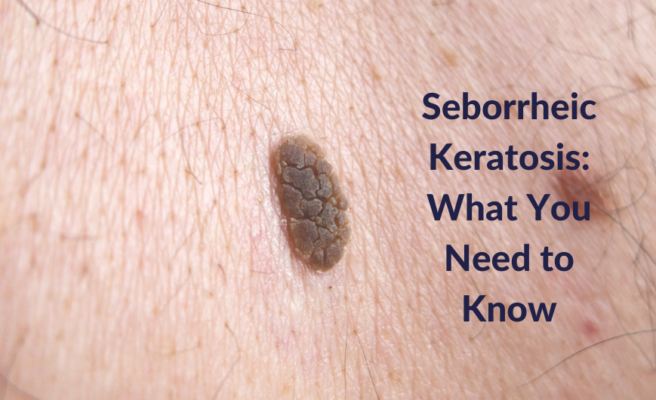Types of Moles
Most skin moles fall under three classifications:
- Congenital Moles – moles that someone is born with
- Common Moles – harmless moles that appear on the body, most people have them
- Atypical Moles – these moles may be oddly shaped, multi-colored, and larger than common moles
The ABCDE’s of Moles
When evaluating moles for the threat of cancer, the first step is to check the “ABCDE’s”. This acronym stands for Asymmetry, Borders, Color, Diameter, and Evolving. These are the quick warning signs to look for:
- Asymmetry – the mole is asymmetrical
- Borders – the mole has irregular borders
- Color – the moles is dark black, red, white, or multi-colored
- Diameter – the mole’s diameter exceeds 6mm
- Evolving – the mole is visibly changing in size, shape, or color
Source: UnityPoint Health
Mole Removal and Treatment
If a mole is suspected to be cancerous, or unwanted for aesthetic reasons, there are two common procedures for removal: surgical shaving and surgical excision. Surgical shaving involves skimming the mole off the surface, often including a layer of skin below the mole, with a sharp blade. Surgical excision involves cutting out the mole, and sometimes some surrounding tissue, and then stitching the area closed. This method is typically for larger moles.
Are Skin Tags and Moles the Same?
Moles and skin tags are slightly different. Skin tags usually consist of hanging skin but aren’t usually something to be concerned about. Most moles are harmless and do not require removal or treatment. However, if you have moles, it’s important to keep an inventory of their number and appearance. If your moles change in size, shape, or color, or if you develop new moles as an adult, you should schedule an appointment to have them evaluated and possibly removed by one of our Providers.Bend Dermatology has several Central Oregon locations to assist with mole removal.












